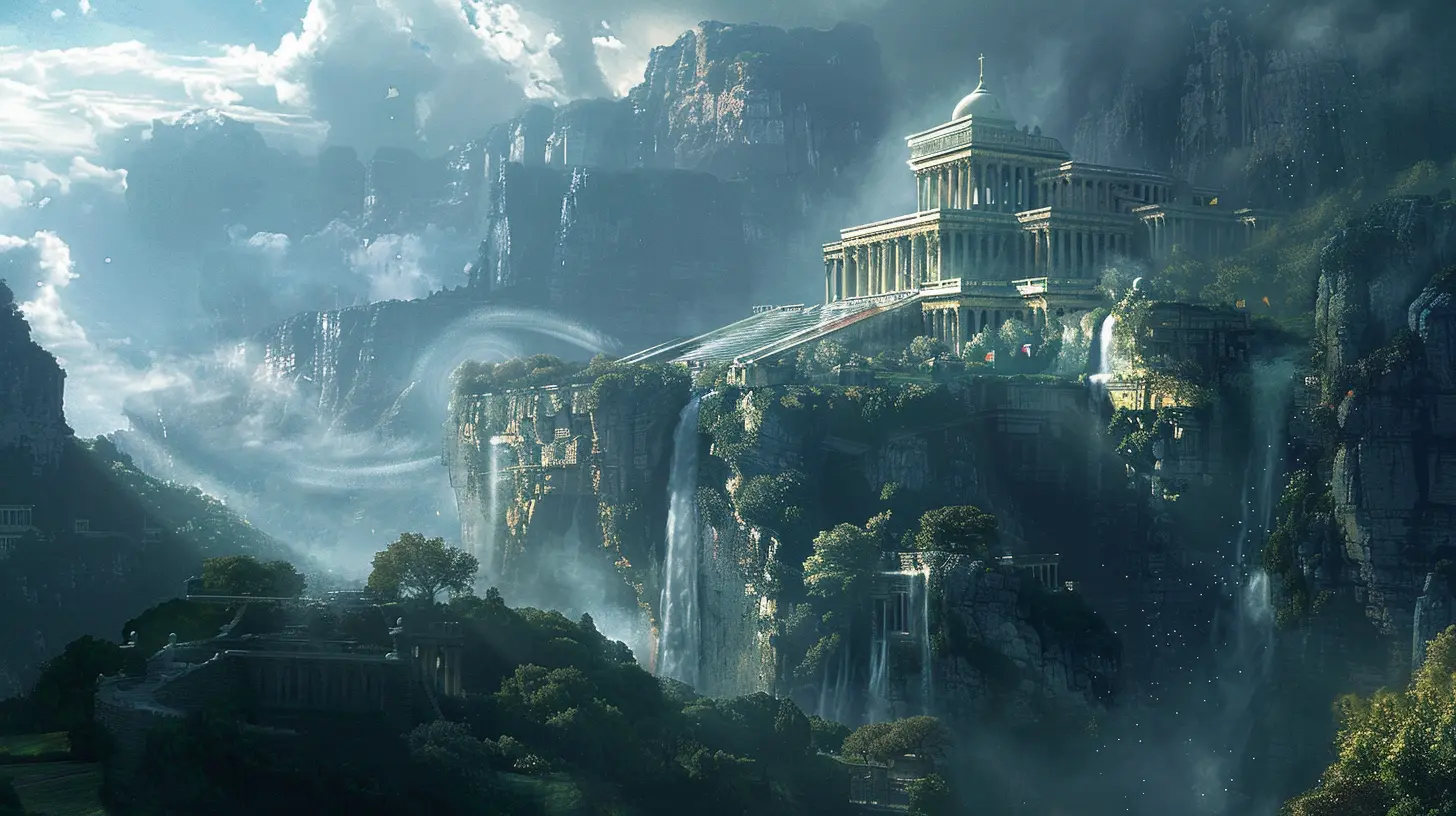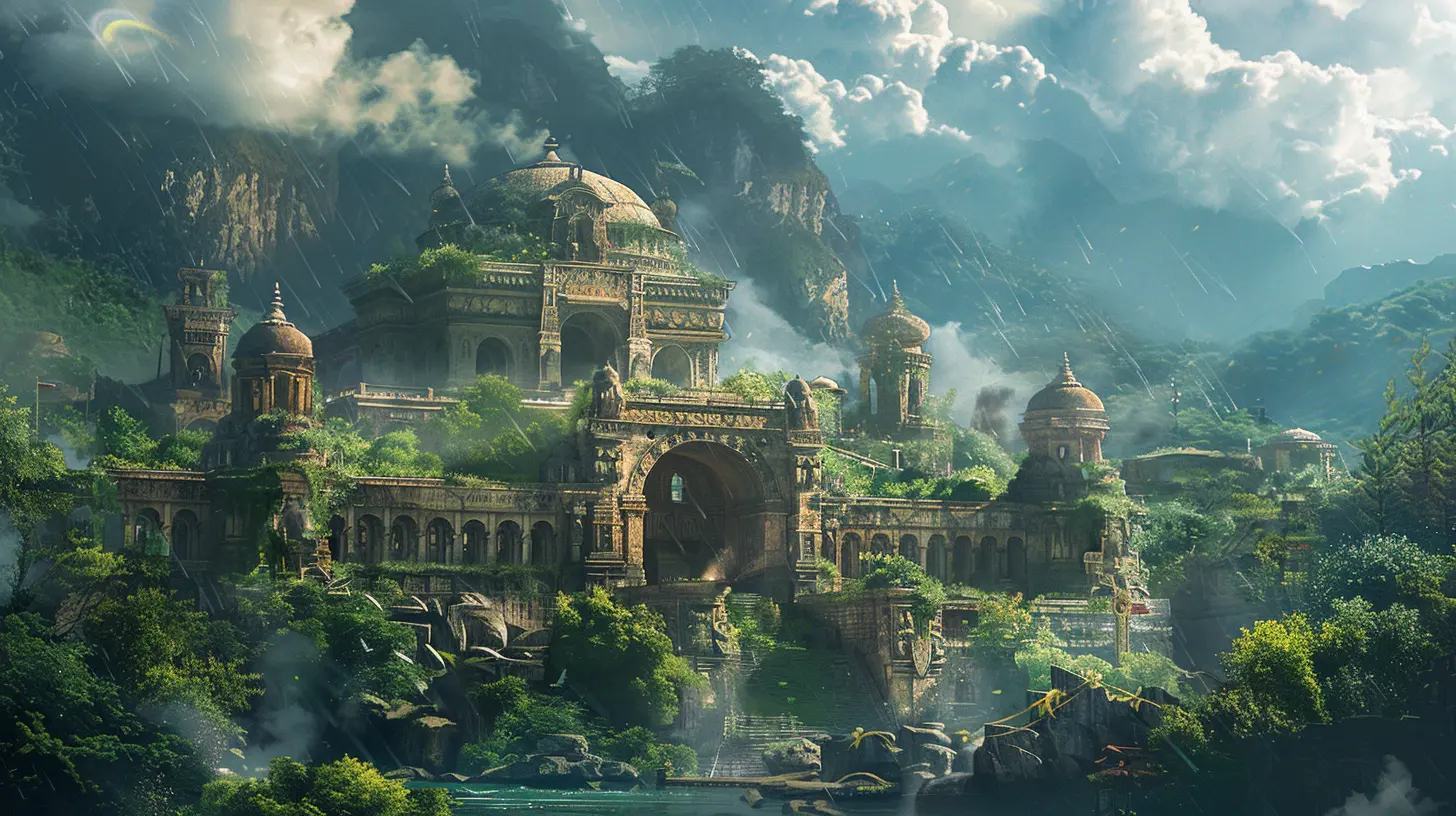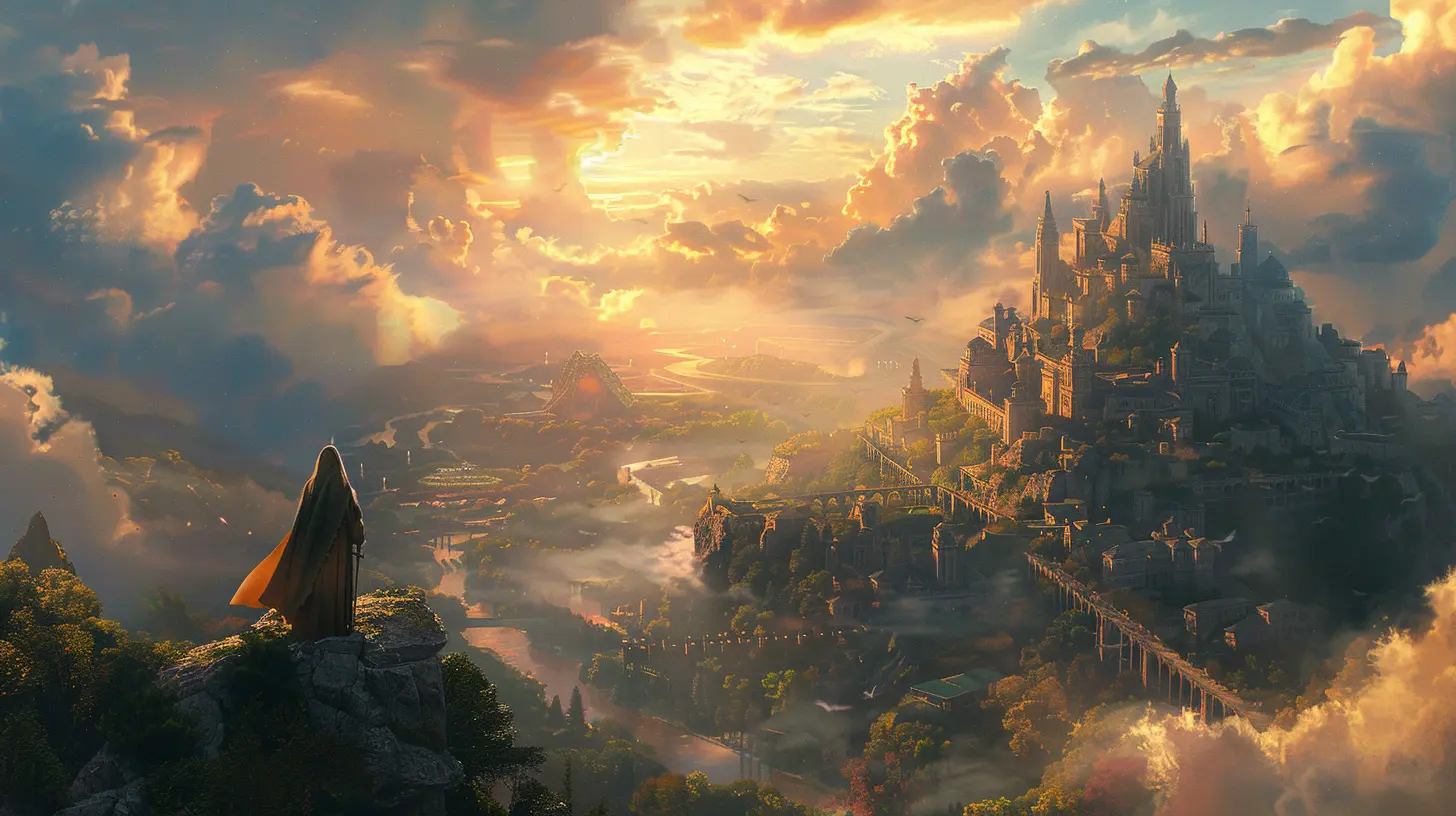Integrating Religion and Myth into Your Game's World Building
10 August 2025
Creating a rich and immersive world for your game is a daunting yet rewarding task. It’s like crafting a living, breathing universe where players can lose themselves for hours (or days—let’s be real). But what’s a world without depth, right? That’s where religion and mythology come into play. These elements can add layers of intrigue, complexity, and life to your game’s narrative.
Think about it. Whether it's the epic saga of Kratos battling Olympian gods in God of War or the nuanced religious politics in Dragon Age, games that incorporate religion and myth aren’t just telling stories—they’re pulling players into a world that feels alive. In this guide, we’ll dive into why and how you can effectively weave religion and mythology into your game’s world-building, turning a flat narrative into an immersive masterpiece.
Why Religion and Myth Matter in World Building
Every compelling game world needs a foundation—a set of beliefs, traditions, and stories that shape the culture and drive the motivations of its inhabitants. Religion and myth are like the invisible hands that mold a society. They influence politics, ethics, traditions, and even the way people talk or dress.Ever wondered why some game worlds feel hollow? It’s usually because they lack these foundational elements. Adding religion and myth can do wonders, giving your NPCs (non-player characters), environments, and storylines a sense of purpose. Suddenly, your world isn’t just another pixelated backdrop—it’s a vibrant ecosystem with its own identity.
But here's the trick: authenticity. Gamers today have sharp eyes and even sharper critiques. Slapping together a generic pantheon or a shallow belief system won’t cut it. You’ve got to dig deeper, and we’re about to show you how.
Building a Belief System: Questions to Ask Yourself
When designing religion and mythology for your game, think of yourself as an archaeologist uncovering a lost civilization. You’re not just making stuff up—you’re piecing together fragments to create something cohesive and believable. Here are some questions to help you get started:1. What Do People Worship?
- Is it a pantheon of gods, a single deity, or something entirely abstract like "The Light" or "The Void"?- Maybe they worship nature, ancestors, or even technology. (Think Horizon Zero Dawn—machines as gods? Brilliant!)
2. How Did It Begin?
- Every religion or mythology has an origin story. Did the gods create the world in a fiery battle? Did humans discover their faith through divine visions? Or is their belief just a way to explain natural phenomena?3. What are the Core Tenets?
- What are the sacred rules or principles believers live by? Think commandments, taboos, or rituals.- Do these tenets create unity or division? (Ah, conflict—because every good story needs it!)
4. Who Leads the Faith?
- Is there a priesthood, a prophet, or decentralized spiritual leaders?- Or—plot twist—maybe the gods themselves walk among mortals.
5. What Happens to Non-Believers?
- Are they shunned, outlawed, or welcomed with open arms?- Belief systems often reveal the moral compass of a society, and this can create juicy drama for your characters.

Crafting Mythology: The Stories They Tell
Okay, so you’ve got your religion figured out. But a religion without stories? That’s just a set of rules, and let’s face it, nobody’s logging into your game for a Sunday sermon. Mythology is where the magic happens—it’s the thrilling tales of gods, heroes, and monsters that breathe life into those beliefs.Here’s how to start crafting your game’s mythology:
1. Origin Myths
Every world needs a creation story. Did the gods forge the earth from the bones of a slain titan? Perhaps the world rests on the back of a giant turtle (shoutout to Discworld). Your creation myth sets the stage for everything else.2. Heroic Epics
What’s a mythology without larger-than-life heroes? These characters should embody the ideals (or fears) of the society you’re building. Maybe they slay dragons, steal fire from the gods, or dive into the underworld to rescue lost souls.3. Moral Lessons
Myths often serve as cautionary tales. They reflect societal values—what’s good, what’s evil, and everything in between. Maybe your myth warns against greed, pride, or betraying the gods. (Looking at you, Icarus!)4. Cosmic Conflicts
Ever notice how myths tend to feature epic battles between good and evil, chaos and order, life and death? These clashes can lay the groundwork for your game’s main storyline. Is there an ancient prophecy about the return of the gods? A war brewing between believers of rival deities? The possibilities are endless.
Integrating Religion and Myth into Gameplay
Now that you’ve built a killer belief system and mythology, how do you weave it into gameplay without it feeling like a history lecture?1. Quests and Storylines
Use religion and mythology to drive quests. Maybe your players need to recover a holy relic, stop a cult from summoning an ancient god, or decipher lost scriptures to unlock hidden knowledge.2. World Design
Let your world tell its own story. Maybe temples tower over cities, offering clues about the dominant religion. Or perhaps ruins of an ancient civilization hint at a forgotten mythology. Environmental storytelling is your best friend here.3. NPCs and Dialogues
Your NPCs should reflect the beliefs of your world. A devout merchant might refuse to sell goods on holy days, while a priest might offer cryptic prophecies. Small touches like this can make your world feel alive.4. Player Choices
Give players the power to engage (or clash) with your world’s beliefs. Do they join a religious faction, defy their gods, or try to unite warring faiths? Choices like these can add depth and replayability.Avoiding Common Pitfalls
When it comes to religion and myth, it’s easy to fall into clichés or offend players unintentionally. Here are some pitfalls to steer clear of:1. Stereotyping Real-World Religions: While inspiration is great, avoid copying existing belief systems too closely—it can come across as lazy or disrespectful.
2. Overloading with Lore: We get it, you’ve created an entire encyclopedia of your world’s mythology. But don’t dump it all on the player at once. Sprinkle it organically throughout the game.
3. Making it Too Black-and-White: Religion and myth thrive on nuance. Instead of creating a “good god” vs. “evil god” narrative, explore gray areas—faith, doubt, and the complexities of belief.
Inspiration from Existing Games
Let’s take a look at how some popular games masterfully integrate religion and myth:- The Elder Scrolls: With its array of gods, Daedric princes, and intricate lore, The Elder Scrolls creates a mythology so deep you could drown in it.
- Dark Souls: The series is practically built on mythic storytelling, with fragmented lore that players piece together like archaeologists.
- Assassin’s Creed: Blends real-world history and mythology, creating a rich tapestry of faith, conspiracy, and legend.
- Hades: Greek mythology gets a lively twist with gods who are as flawed and relatable as they are powerful.
These games prove that religion and myth aren’t just background details—they’re integral to the story, gameplay, and overall experience.
Closing Thoughts
At the end of the day, integrating religion and myth into your game’s world-building is all about adding that extra layer of depth. It’s about crafting a universe that feels alive, where every character, every location, and every plot point is tied to a greater narrative. Sure, it’s a lot of work—but when done right, it’s like striking gold. Your players won’t just play your game; they’ll live in it.So, what are you waiting for? Start brainstorming those gods, crafting those myths, and building a world that players will never want to leave. Who knows—you just might create the next God of War or The Elder Scrolls.
all images in this post were generated using AI tools
Category:
World BuildingAuthor:

Audrey McGhee
Discussion
rate this article
2 comments
Zayne Fisher
Gods and goblins: where fun meets faith!
October 31, 2025 at 5:59 AM

Audrey McGhee
Thank you! Blending faith and mythology truly enriches storytelling and gameplay, creating immersive experiences that resonate on multiple levels.
Zinnia Davis
What a fantastic article! 🌟 Integrating religion and myth into game worlds brings depth and excitement, creating immersive experiences for players. It’s inspiring to see how these elements can enhance storytelling and gameplay. Can’t wait to see more games embrace this creativity! 🎮✨
August 22, 2025 at 4:38 PM

Audrey McGhee
Thank you for your kind words! I'm glad you found the article inspiring and see the potential in integrating these elements. Excited to see how they influence future games too! 🎮✨


